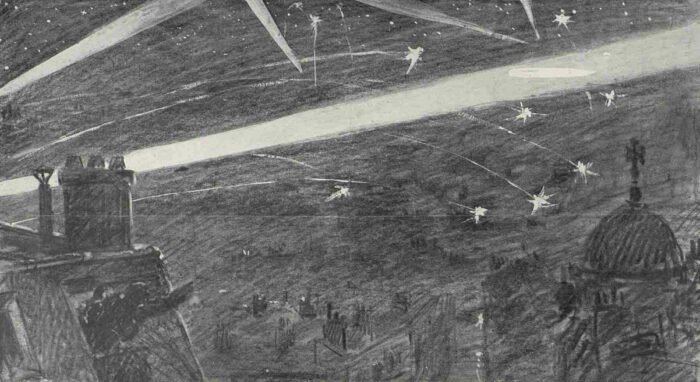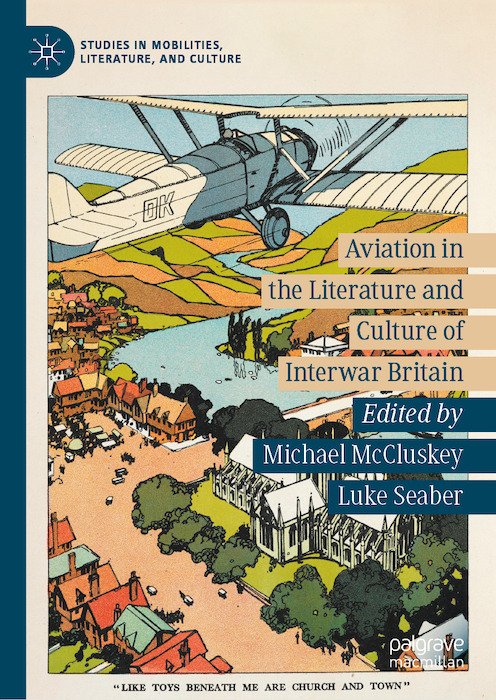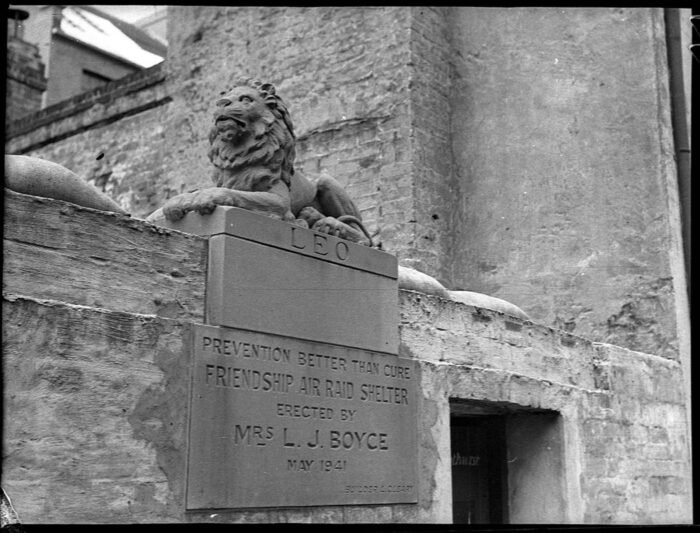The air raid vanishes — I
The term ‘air raid’ has been around a long time. Not since the first air raid, or even the first air raid of the twentieth century, but from not long after that. The first definite use in the British Newspaper Archive is in the Sheffield Daily Telegraph, during the 1913 phantom airship panic, as it […]








